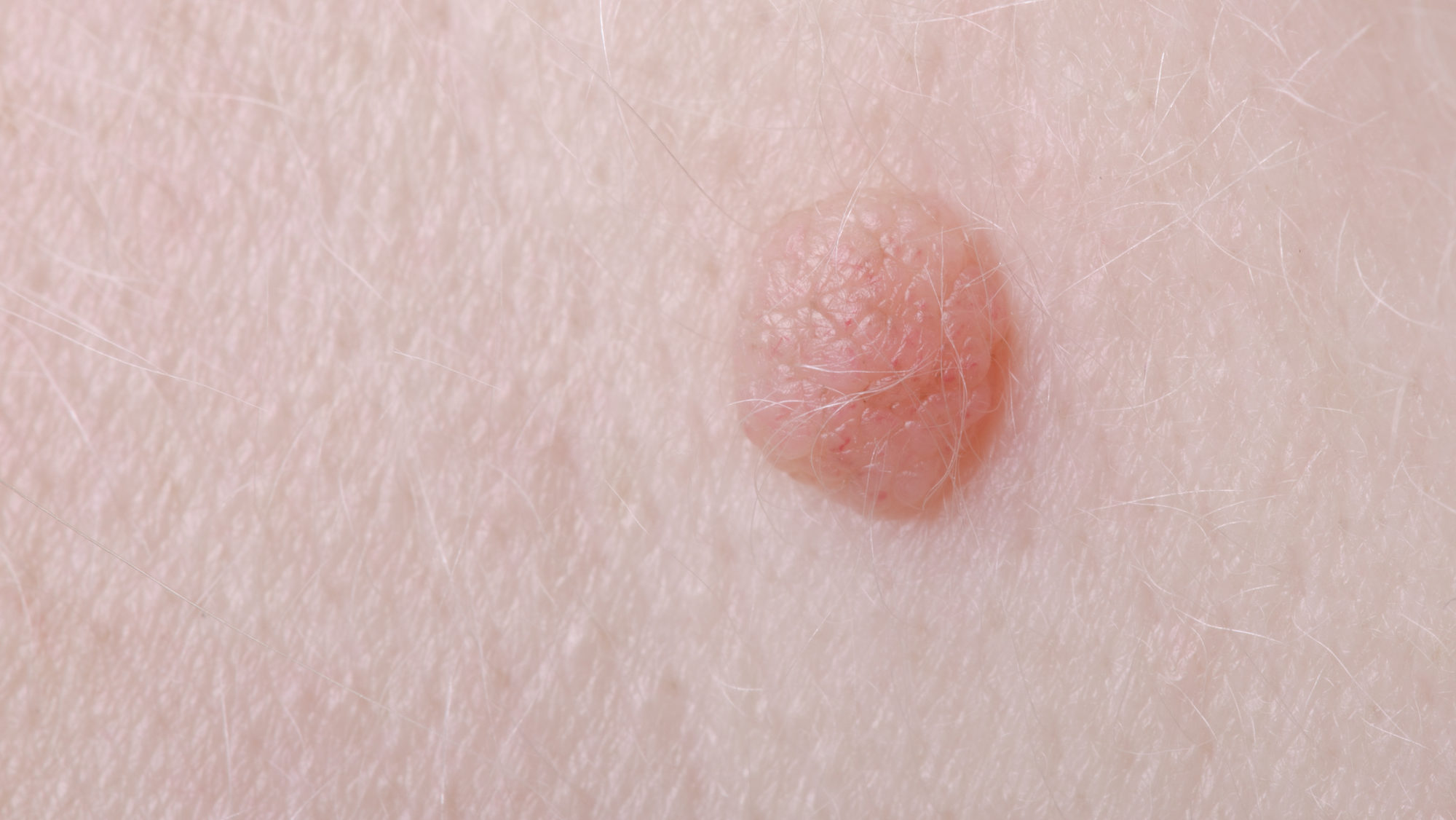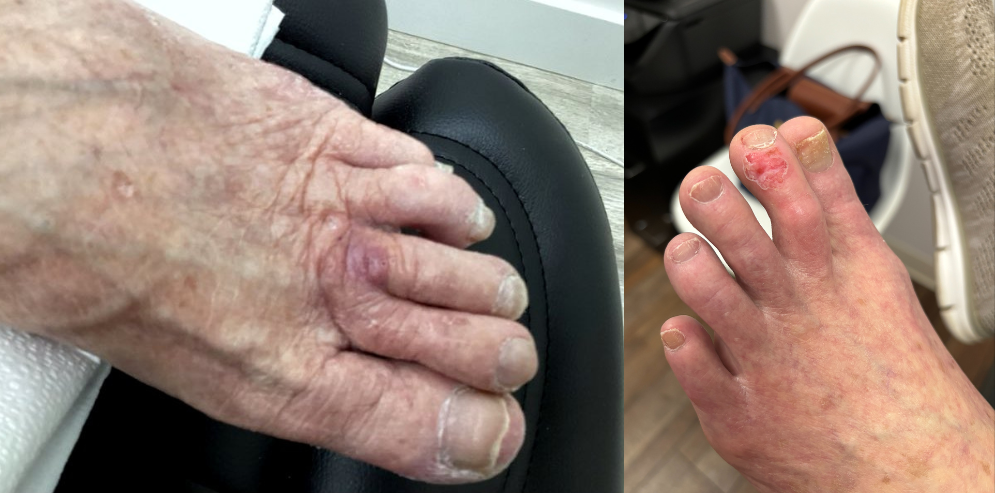
Can a wart-like growth be skin cancer? Although these two ailments are technically distinct, skin cancer can certainly be mistaken for a wart, and vice versa. For this reason, it’s very important to distinguish warts vs. skin cancer and learn when to take action. If you see a skin growth that looks like a wart, but it starts to grow or change in any way, you may be dealing with basal cell skin cancer, a highly treatable form of skin cancer.
So if you’re asking yourself: is it a wart or skin cancer? Know that’s a fair question—especially when dealing with a wart that won’t go away or looks unusual.
Both can appear similar in texture or color, which is why many individuals search for pictures of warts mistaken for skin cancer to compare their symptoms.
Wart vs. Cancer: Identifying Basal Cell Skin Cancer
Basal cell skin cancer is the most common form of skin cancer, and it’s also the most likely to resemble common warts or plantar warts. Let’s take a closer look at the characteristics of each skin condition:
- Basal cell skin cancer usually resembles an open sore, a small pink growth, a shiny bump, a red patch of irritated skin, or a growth that resembles a scar. Although basal cell skin cancer is less common in people with darker skin tones, here the raised bump may range in color from tan to dark brown.
- Common warts are the well-known raised circular bumps that often appear on hands and joints. While they may bleed or cause pain, they are usually harmless. Many people have them removed for aesthetic reasons.
- Plantar warts appear on the balls of the feet and the heels, where they resemble harder, grainy growths that develop into the foot, rather than out from it. This type of wart may cause discomfort while walking, and it’s important to note that they are caused by HPV, but they will usually go away without treatment after some time. Since skin cancer usually appears in areas with higher amounts of sun exposure, distinguishing plantar warts vs. skin cancer is usually not very difficult. However, it’s still a good idea to see a dermatologist.
Sometimes, a wart that looks like skin cancer might be misinterpreted by patients. One visual distinction is that warts tend to have a cauliflower-like texture, while cancerous growths often appear shiny or ulcerated.
You may also wonder—are warts precancerous? Generally, they are not, but persistent or changing growths should be evaluated professionally.
Wart vs. Cancer: When to See a Doctor
Basal cell skin cancer growths may occasionally bleed or cause pain. While warts may also cause pain, especially if they are on a fingertip, common warts should not bleed unless they are scratched or scraped. If your wart-like growth starts to bleed, it may be skin cancer. See a doctor at the earliest opportunity.
It can be extremely difficult to distinguish warts vs. cancer with visual cues alone, especially because there are many types of basal cell skin cancer and some can cause skin growths that look like warts. For this reason, it’s a good idea to see a dermatologist for any and all of the following symptoms:
- A round, raised growth that is the same color (or nearly the same color) as your skin
- A white or waxy scar-like area on your skin
- Red or pink growths with a depressed center
- Scaly skin near the ear, or another area that is often exposed to sun
- Sores that don’t heal, or recur after healing
- A raised patch of irritated skin that is usually red or pink
One of the most common patient complaints is that a wart won’t go away—and in some cases, that persistence might be the first sign that the growth is not a wart at all.
Basal cell skin cancer often develops on parts of the skin that see a lot of sun exposure, like the face, neck, ears, and scalp. However, it may also develop on the hands, where warts are also common. So, keep a close eye on this area.
Basal cell skin cancer may not be accompanied by any noticeable symptoms aside from the bump or the rough patch itself. However, basal cell skin cancer may be accompanied by numbness, pins and needles, itching, or extreme sensitivity. If your wart is causing any of the above, take action. It may not be a wart at all. It’s also worth noting that what looks like a wart or a small lump may also turn out to be a cyst.
If you’re struggling to tell a wart from skin cancer, particularly if it’s itchy, bleeding, or changing in size, medical confirmation is the safest route.
Differentiating between wart vs. basal cell carcinoma can be challenging, but dermatologists use biopsy and dermoscopy to reach a clear diagnosis.
Consider GentleCure™ for Common Skin Cancer Treatment
Image-Guided Superficial Radiotherapy (Image-Guided SRT) is as effective as Mohs surgery where the treatment of common skin cancer is concerned—but unlike Mohs surgery, Image-Guided SRT carries no risk of surgical scarring. If you are diagnosed with a common skin cancer like basal cell skin cancer, ask your doctor if GentleCure™ is right for you. Find out how it works today.








